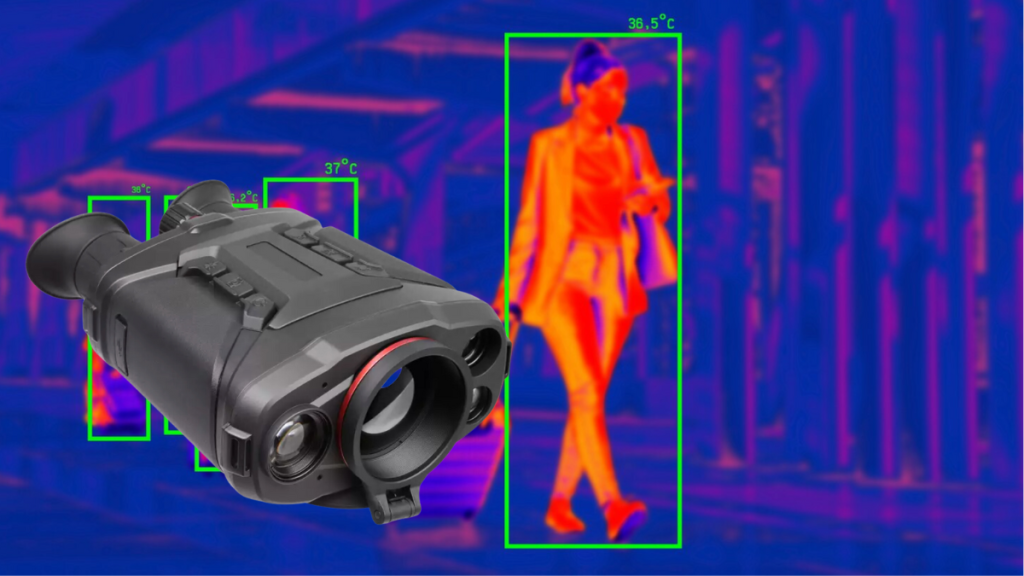Thermal vision is a doorway to a universe full of invisible tales that would otherwise remain hidden. Because of this technology, we now place a remarkable focus on heat emissions rather than the traditional dependence on visible light. All things, living or inanimate, take on the role of storytellers for their thermal tale, revealing a secret realm full of temperature fluctuations. This change draws attention to the complex energy balance in our surroundings and enhances our comprehension of the world.
The fundamental idea behind thermal vision is straightforward yet profound. It is possible to capture its essence by using an object’s heat signatures. In doing so, it opens a window into a world full of thermal dynamics and invisible activity.
Let’s explore the underlying principles of thermal vision and identify the five main factors that provide light on its operation.
Heat as light
All things release heat in the form of infrared radiation regardless of their condition. It is the fundamental tenet of thermal vision. The visible spectrum does not contain this radiation. Hence, it is invisible to the human eye. On the other hand, thermal cameras are made to recognize this undetectable heat emission and convert it into a visible picture. This method, which displays temperature variations instead of only visible light, opens our eyes to a whole new aspect of our surroundings.
The invisible spectrum
The infrared region of the electromagnetic spectrum is the focal point of thermal vision. This is the region where the heat emission from things is most noticeable. The technique makes use of infrared radiation-sensitive sensors to pick up on the minute details of heat radiated by different objects. In this way, thermal vision presents an image based on thermal energy rather than light, bypassing the constraints of human sight.
Temperature contrast
One important feature of thermal vision is its exceptional accuracy in detecting temperature variations. Its sensitivity enables it to produce pictures with darker tones in cooler areas and brighter spots in warmer ones. This contrast involves not only the ability to recognize things in complete darkness but also the ability to distinguish minute temperature changes. In situations when human warmth must be seen against a colder background, such skill is essential for search and rescue operations.
Real-time visualization
The capacity to produce real-time pictures is another important characteristic of thermal vision. The system converts heat into visual patterns almost instantly by processing the quickly gathered infrared data. This functionality is essential in situations where speed is critical like emergency response, animal monitoring, and surveillance. It enables users to respond quickly to changes in the thermal landscape.
No light required
Its independence from light is perhaps the most remarkable feature of thermal vision. Thermal vision depends only on heat emissions, in contrast to ordinary vision or night-vision technology, which still needs some ambient light to work. Because thermal vision is not dependent on light sources, it can be seen clearly in environments where other technologies are ineffective, such as total darkness, through smoke, fog, or dust.
To Conclude
Thermal vision, a technique that lifts the curtain of invisibility to expose the thermal world among us, is a monument to human creativity. Its basic but efficient working theory relies on the ability to detect infrared radiation and convert heat into visible light. Thermal vision is incredibly powerful and versatile because of its capacity to look beyond the visible spectrum, detect temperature disparities, display data in real-time, and function without light. Thermal vision allows us to see the world through heat, which not only broadens our field of perception but also profoundly improves our capacity to navigate and engage with our surroundings.




